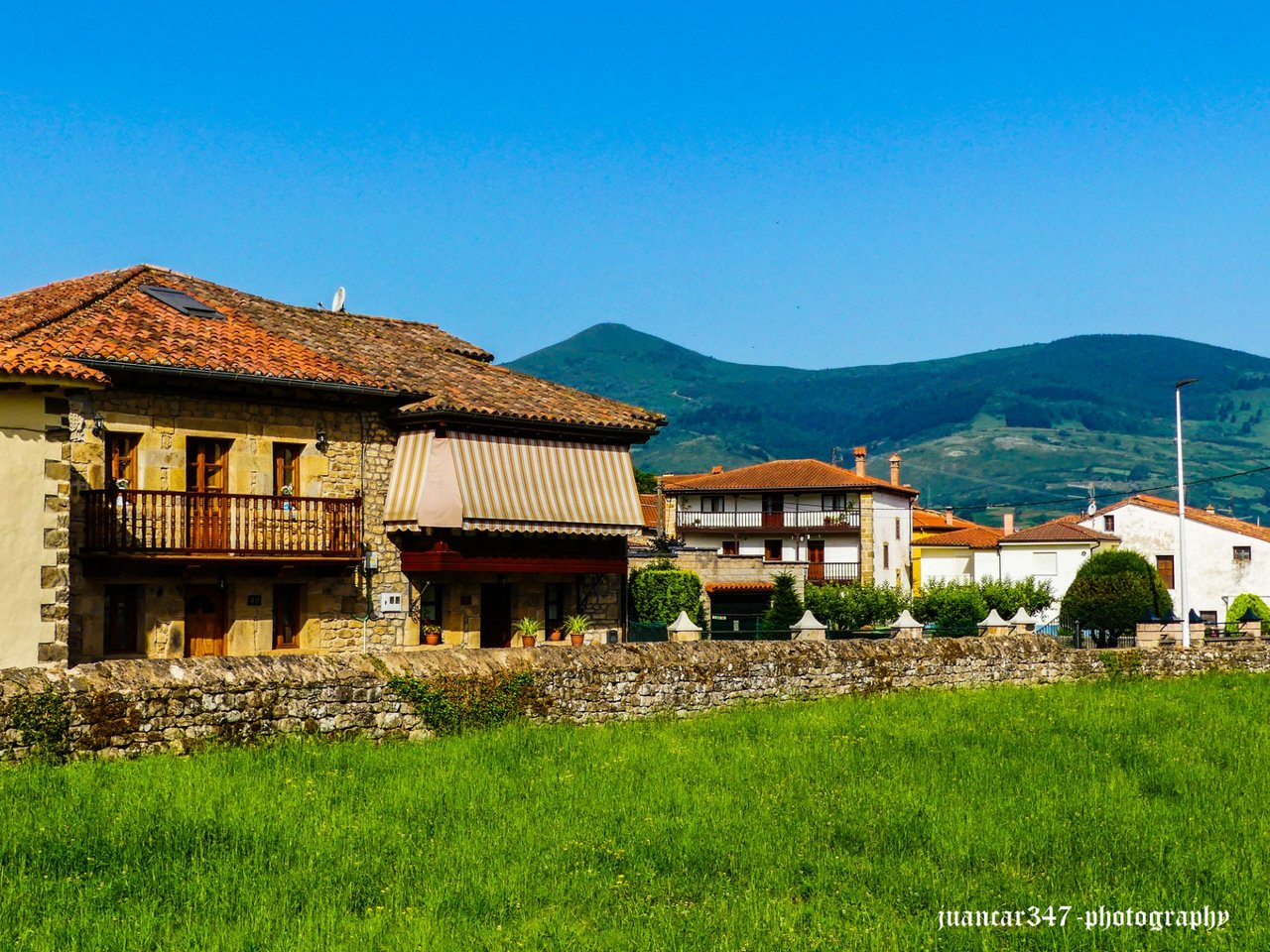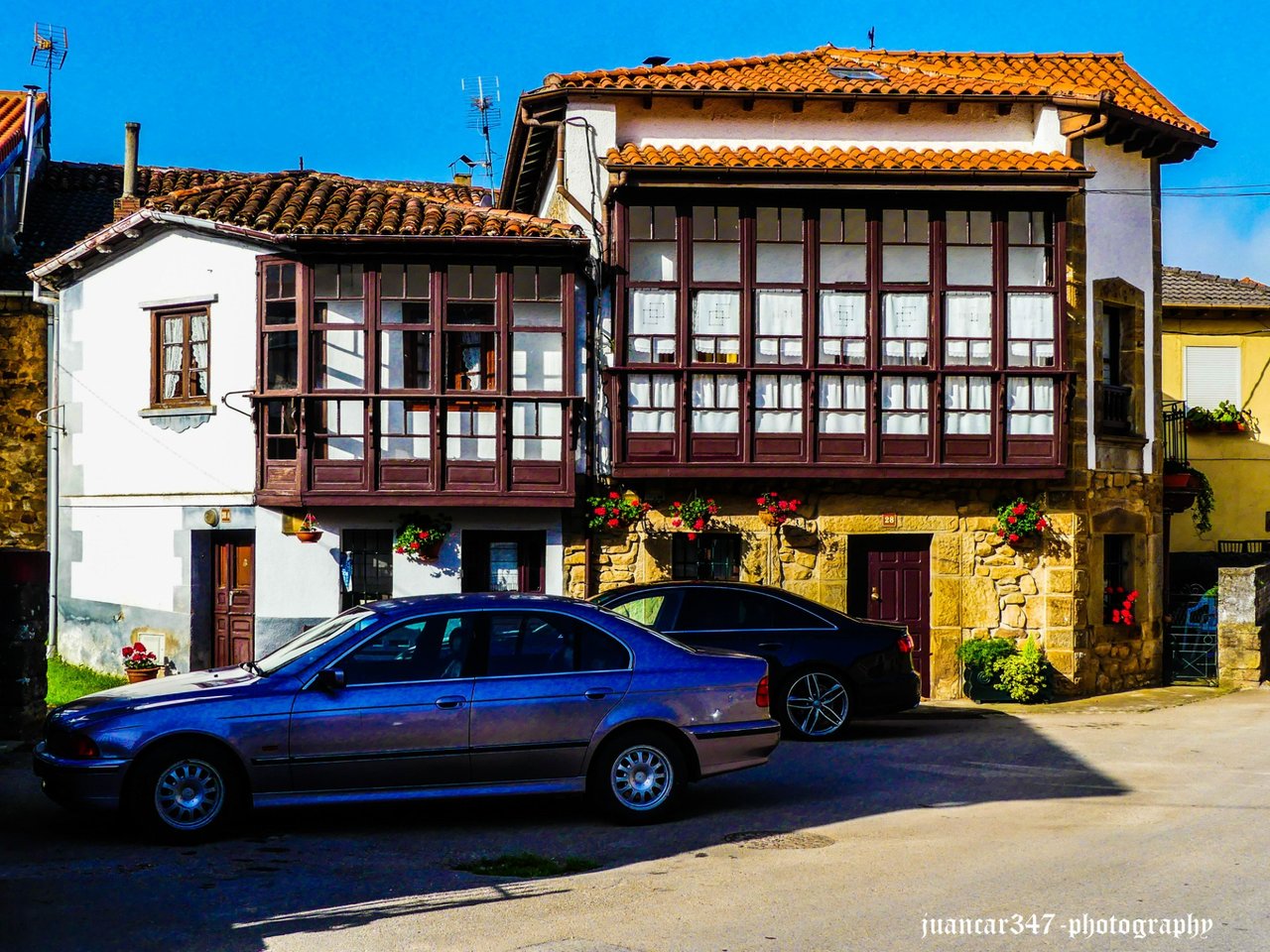
As the famous Spanish writer, Juan Eslava Galán would say, we have in the church of Santos Facundo and Primitivo, in Silió, one of the Romanesque temples of Cantabria that must be visited, at least once in a lifetime.

Which does not exempt, in addition, the enormous pleasure, added, of knowing and savoring one of the most picturesque and traditional towns of Cantabria, famous, in addition, for the persistence of a festival, La Vijanera, whose mythical roots go back to the dawn of the times and some mythological customs that the Christian evangelizers could never finish stifling.

In fact, the existence of the town of Silió dates back to the 11th century, at least, with references dating back to the year 1019, nothing more and nothing less, so we can add that we have in it, one of the most charismatic and ancient of Cantabria.

Located in the Iguña Valley, on the edge of leafy forests, this town as a whole is distinguished by a more or less harmonious mix of modern architecture, which coexists with traditional architecture and in many cases of purely medieval roots, forming a set, undoubtedly, eminently picturesque, in no way unpleasant, as happens, unfortunately, in many other cases.

The typical ancestral mansions, whose rustic gates can still be seen heraldic shields that refer to the oldest of the nobility, coexist harmoniously with the typical single-family houses from Paseo, where people and their cattle -mainly bovines- used to live, being, for the most part, Therefore, structurally functional.
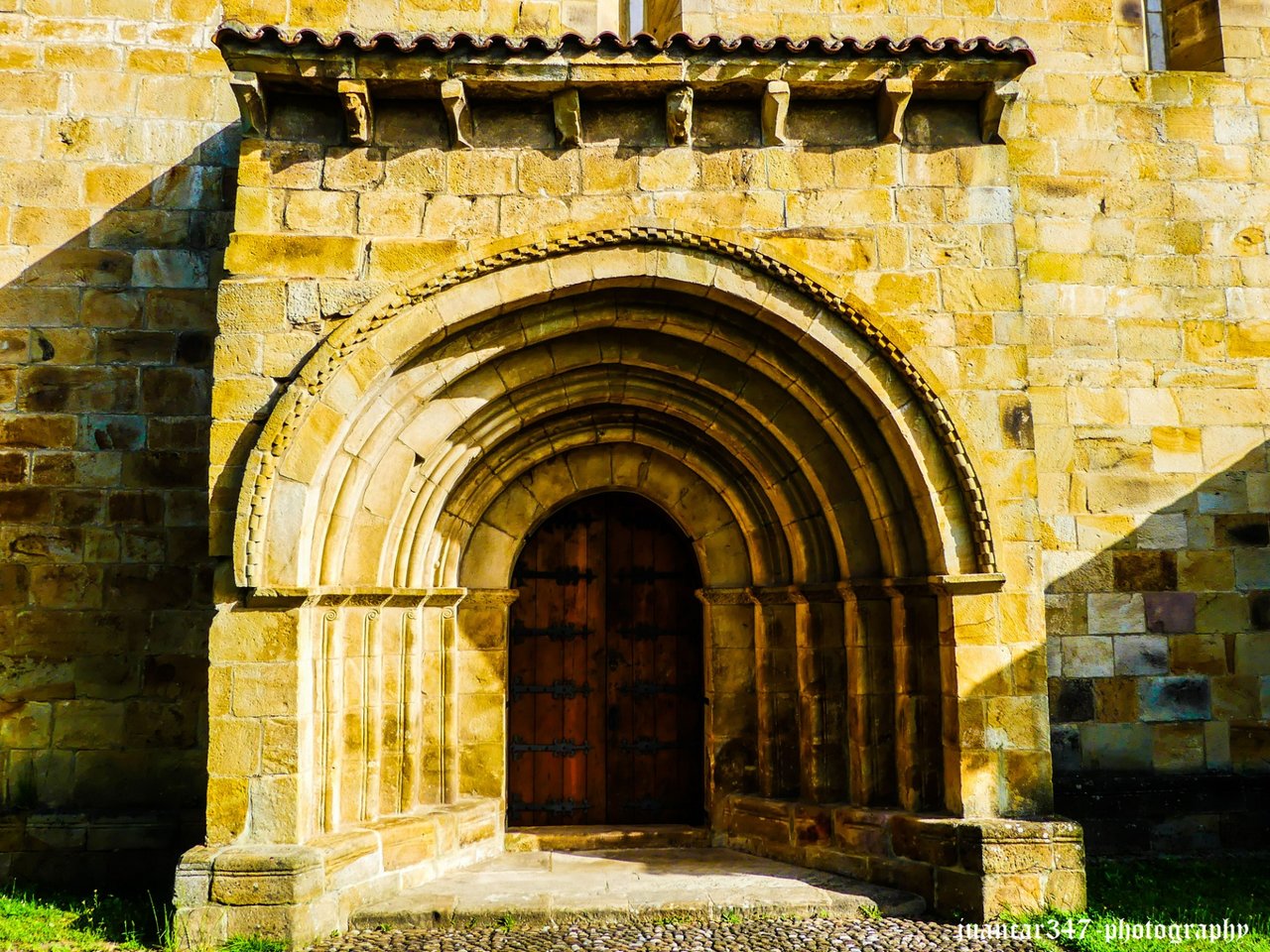
In the midst, then, of this architectural richness, Silió also has another of the essential glories of Romanesque architecture in Cantabria, in whose traces, one can sense the hand of those impressive and anonymous itinerant stonemasons workshops, which were sowing sacred architecture in the places they passed through, such as the nearby medieval church of Raicedo or the somewhat more secluded collegiate church of San Pedro de Cervatos.
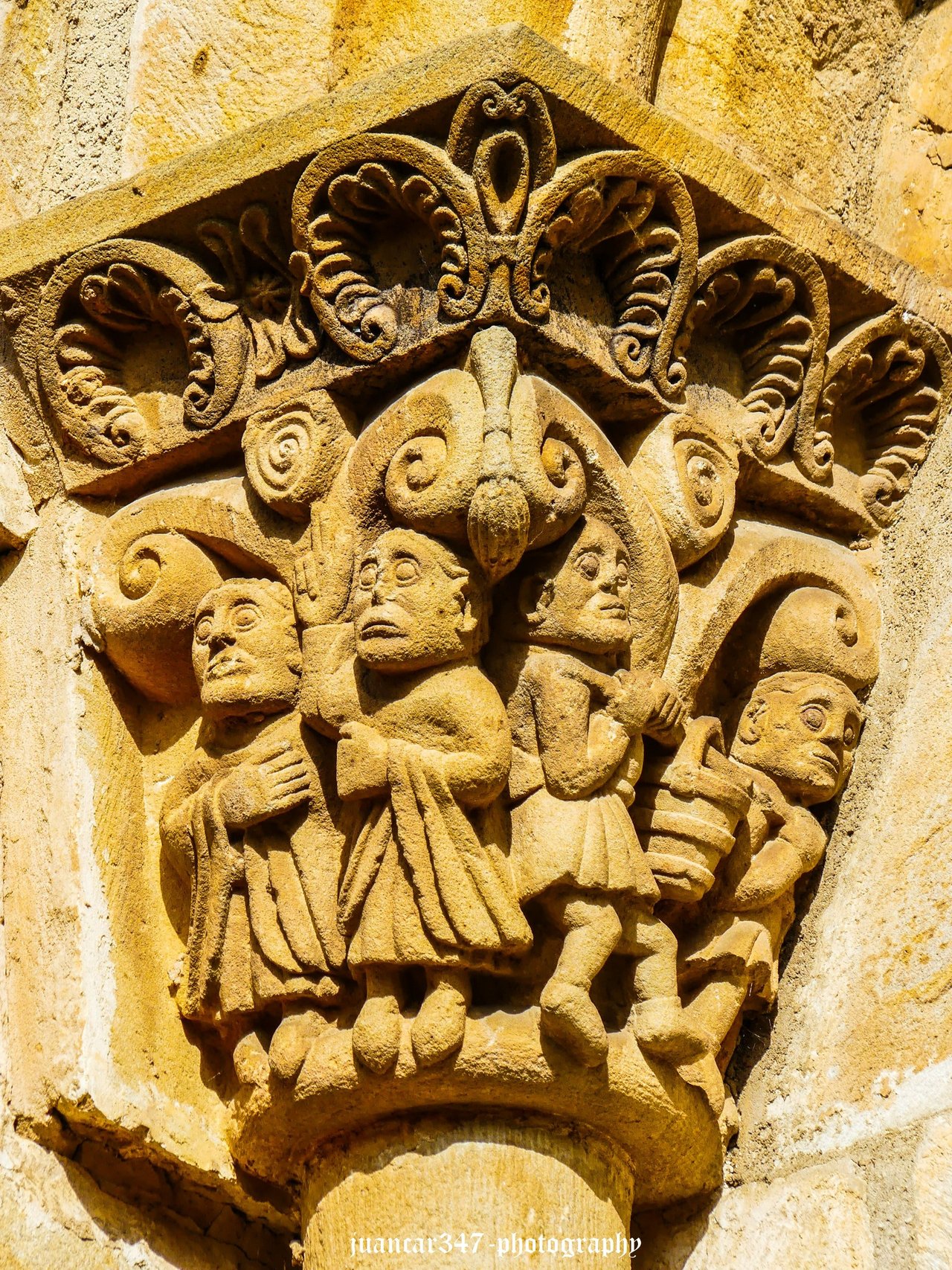
Declared a Monument of Historic-Artistic Interest in 1970, the first references to what, at the time, was the monastery of Santos Facundo y Primitivo - let us also remember that its location is, and not by chance, within the pilgrimage routes that directed the pilgrims to Burgos and Palencia- date from the year 1068, with what we have in what remains of it, the church, a work of giants, with nearly a millennium of antiquity, which is already in itself, something truly worthwhile.
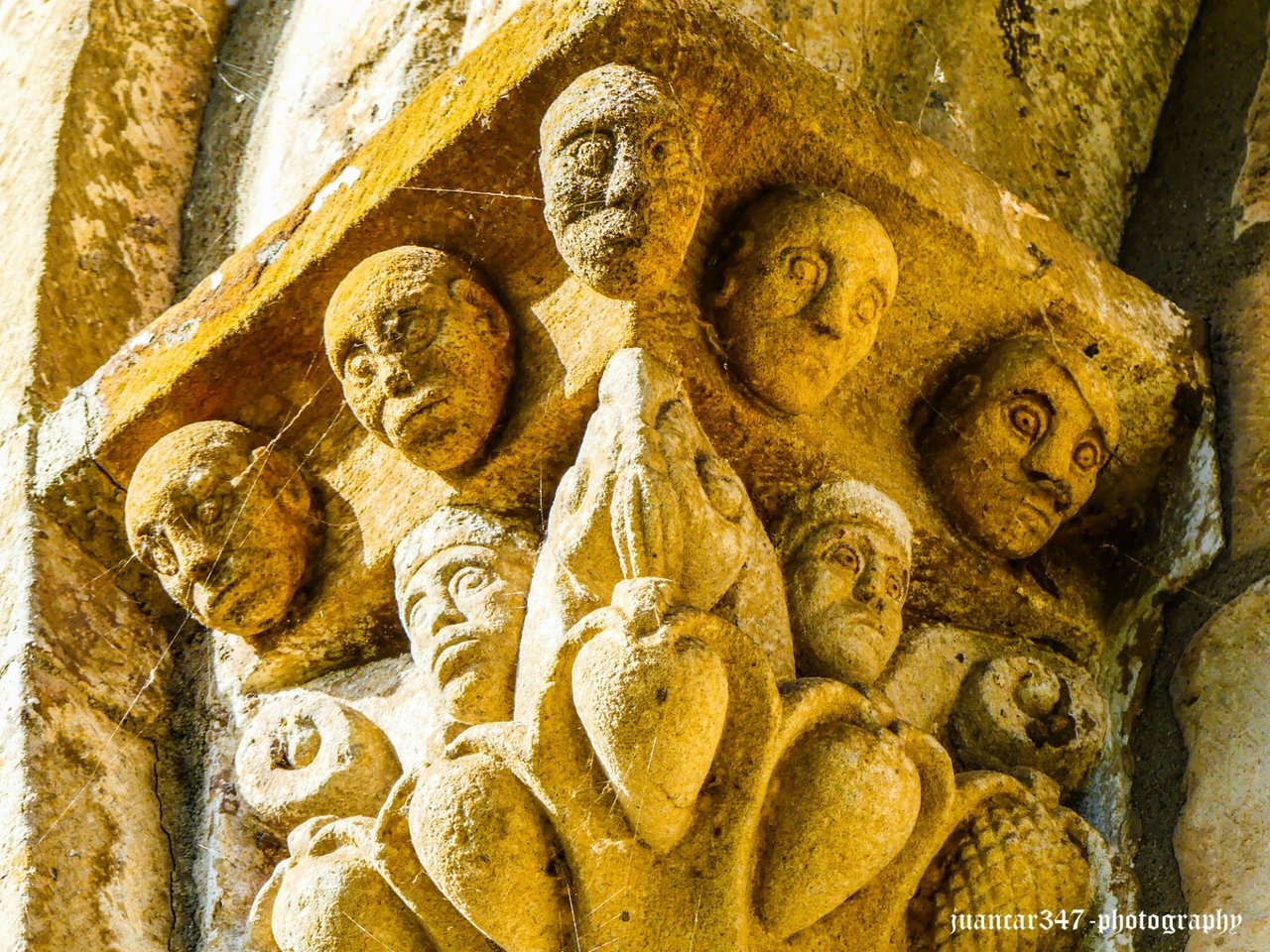
It also has one of the highest and, at the same time, most slender apses, not only of Cantabrian Romanesque architecture, but also of the Spanish architectural ensemble of that style and for this detail, as well as for the beauty and extraordinary execution of its historiated elements -based, mainly, on the figuration added in capitals and corbels- there are not a few historians who foresee a royal funding, in accordance with the quality of the work carried out.
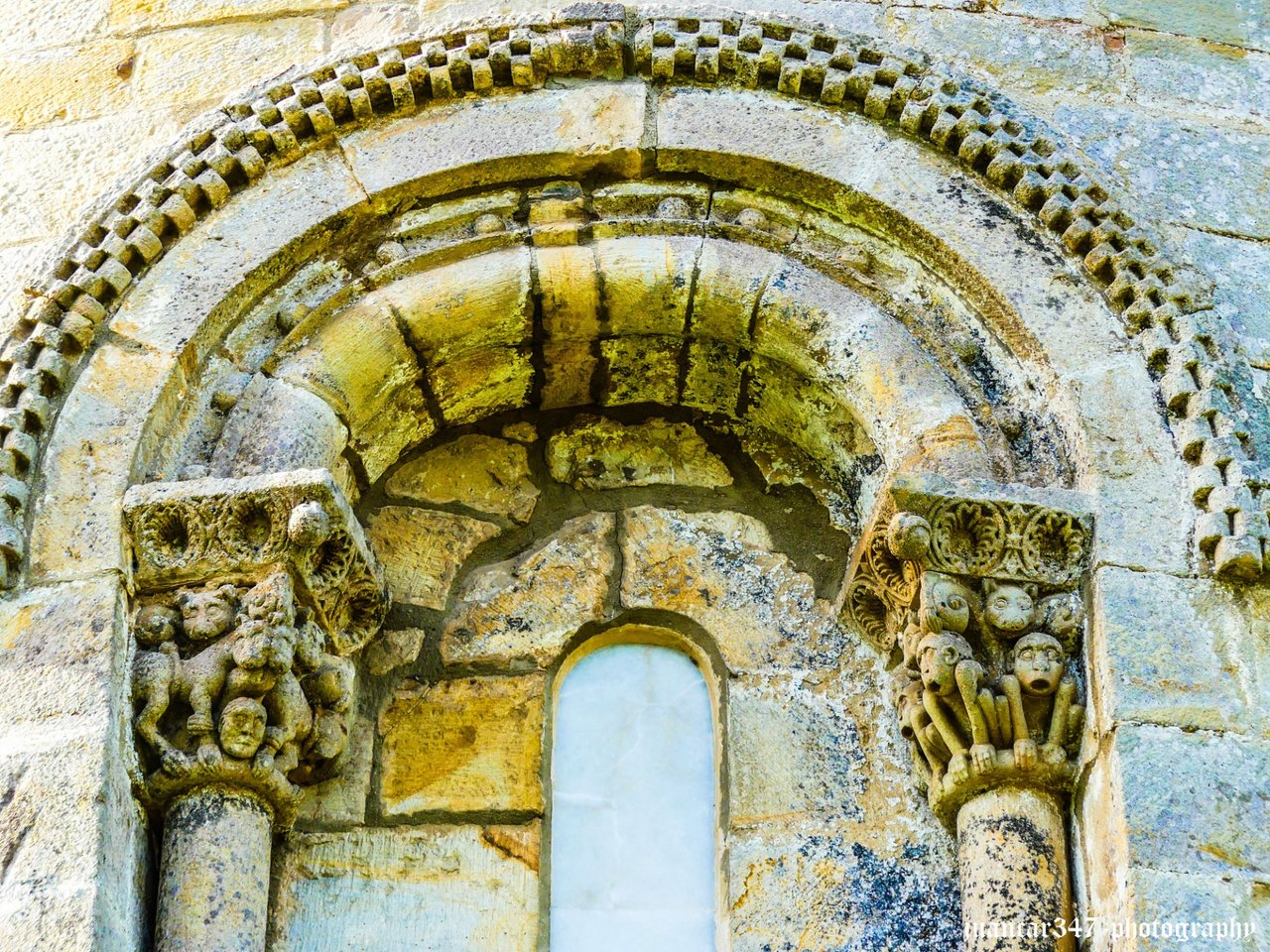
In short: Silió, a town and its Romanesque church of Santos Facundo and Primitivo, a heritage element of the first magnitude, which are worth visiting and admiring, with the absolute certainty that, in no case, will it be a visit in bucket, but, on the contrary, it will constitute a whole adventure and an added delight of the senses, also losing yourself along the paths of its privileged environment.

NOTICE: Both the text and the photographs that accompany it, as well as the video that illustrates it, are my exclusive intellectual property and, therefore, are subject to my Copyright.
RELATED MOVIE:
